Crossfader’s Noise Primer
The beginning of “noise” music, as often understood in its most general conception to be electrically manipulated sound marked by an absence, or abstracted form, of tone, structure and composition, corresponds with the turn of industrialism in the 20th century. Artists such as Russolo and Duchamp implemented noise as a central aspect of their compositions and subsequent musicians as varied as Cage and Schaeffer pushed the usage of cacophonous noise further. However, it’s not until the mid-60s that artists began crafting sound-works that can be accurately compared with our contemporary perception of noise music.
Note: Due to the fact that many examples of noise music do not subscribe to the traditional parameters of songs, we’ll be eliminating “favorite tracks” for this primer.
Robert Ashley – WOLFMAN
Also Recommended: The Velvet Underground’s LOOP
First performed at Charlotte Moorman’s Annual Avant Garde Festival of New York, Ashley’s piece entitled WOLFMAN is a blistering and unrelenting breakthrough. His droning vocal performance is contrasted against a piece of tape music. Ashley feeds both the tape and his vocals through the same speakers, producing a tangled and knotted cluster of crimson sound. Subsequent tape manipulations and layered sounds furnish this behemoth with an engulfing, all-encompassing atmosphere of pure energy. The combination of vocal and electronic manipulation fractures our identification with Ashley’s voice even though we can clearly distinguish it from the tape music played alongside it. The effect is a ferocious interplay between performer and enhancer, inseparable from each other yet fighting in a constant dialectic of passion and expression.
Keiji Haino – 天乃川 (Milky Way)
Also Recommended: Lou Reed’s METAL MACHINE MUSIC
Haino would go on to form Fushitsusha and become one of the most prolific figures in the Japanese avant-garde, but this early performance allows us to recognize his pioneering efforts in formulating the definitive sound of noise. Haino layers wave after wave of guitar feedback, gradually shifting in shape and texture while rarely stopping its momentum. If Ashley’s WOLFMAN is an anguished wail hitting us in the gut, Haino’s MILKY WAY is a tarnished scream lashing at our heart. The sharp howls of feedback cut and slice sound the soundscape. Haino considered himself firstly to be a singer; here he allows his guitar and amplifier to be his voice and strikes us at our core with his emotive stylings.
The 150 Murderous Passions – SELF-TITLED
Also Recommended: Nurse With Wound’s CHANCE MEETING ON A DISSECTING TABLE OF A SEWING MACHINE AND AN UMBRELLA and Whitehouse’s PSYCHOPATHIA SEXUALIS
A joint project between members of two of the most prominent names in U.K. noise: William Bennet (of the power electronics group Whitehouse) and Steven Stapleton (of the industrial group Nurse With Wound). Their efforts to sculpt a raucous landscape goes beyond expectation, producing a genuinely unnerving atmosphere for the listener. Unlike previous albums mentioned on this primer which create a meditative environment for the listener with their thickly coated layers of feedback, The 150 Murderous Passions are somewhat more minimal, allowing sounds to breath and work insidiously into the listener’s head. As opposed to other noise projects which produce an outright aggressiveness that intimidates us, The 150 Murderous Passions allows us to enter into this sinister world before confronting us with the nightmares laying in wait.
Incapacitants – FEEDBACK OF THE N.M.S.
Also Recommended: Hijokaidan’s THE NOISE
The efforts of Toshiji Mikawa (a member of the legendary Japanoise group Hijokaidan) and Fumio Kosakai (a member of the harsh noise group C.C.C.C.) made them an essential innovation within the world of noise coming out of Japan (simply called Japanoise). As early as the 1980s, they pushed the sound of noise music into a less-human, more mechanical direction. Attempting to strip away any obvious intentionality on their part, they try to let the technology speak for itself. Rather than use their electronic equipment as a medium to channel their expressions, they, in a sense, allow themselves to become the medium for the electronics to expressive themselves. Their live performances are recognized for their wildly high energy, often being compared to professional wrestling, which are unfortunately quite rare as their day jobs as a banker and government officer make it difficult for them to tour.
Merzbow – 1930
Also Recommended: Merzbow’s VENEREOLOGY
It would be impossible to discuss the genre of noise music and not mention Masami Akita. Known by his stage name Merzbow, Akita is often people’s introduction to noise music, a totemic figure with an overwhelming discography (such as Merzbox, a 50 CD collection tracking Akita’s musical catalog up until 1997). 1930 is one of the last pre-laptop albums where Merzbow, a veritable master sculptor of sound at this point, displays his supreme manipulation of electronics and rhythm. The title track “1930”, a nearly 20 minute monster, tears across our ears at breakneck speed. An unusually-identifiable drum loop late in the track becomes a percussive battle cry, charging alongside the torrential downpour of feedback. Noises bleed and pour into one another but we never become lost amidst the soundscape. Despite the overwhelming amount of noise that Merzbow throws at us, we’re carried through his pieces by his sense of rhythm rather than being left stranded by them, which is often what makes them oddly addictive.
Kazumoto Endo – WHILE YOU WERE OUT
Also Recommended: Kazumoto Endo’s BRICK AND MORTAR
As playful as its album cover would suggest, WHILE YOU WERE OUT is nonetheless a divisive piece of work, particularly for its penchant to bring in samples of popular music and weave them into a thoroughly entertaining sound collage. Consider the opening of the second track, “Itabashi Girl,” which jarringly shifts in tone from the colossal 13 minute title track with an outright mind-boggling dance loop. Or what about the acoustic guitar and pop music sample in the third track, “Shinjuki Kahki Pants”? Endo displays an immense pleasure juxtaposing these sounds together, often pitting them against one another in a weird kind of antiphony. However rather than direct our perspectives toward this sonic distinction, Endo allows us to come to our own conclusions, merely acknowledging the wide variety of ways we express ourselves through music.
T.E.F. – SYMPTOMATIC HARBINGER
Also Recommended: Richard Ramirez’s TRACKING DEVICE
T.E.F. is the project of Texas native Kevin Novak, who is also a member of the Houston harsh noise group Black Leather Jesus. His magnum opus, SYMPTOMATIC HARBINGER, is full of starts and stops, jagged sputtering sounds spinning and trembling against gargantuan walls of harsh noise. On a smaller scale, individual sounds begin to loop before suddenly changing direction. On a larger scale, these unpredictable shifts coalesce into the album’s wide sonic range, the overall structure of the compositions changing unpredictably and reversing our expectations, continually changing shape. However, everything comes together into a bombastic symphony of chaos that never stops for a second.
Zbigniew Karkowski – ONE AND MANY
Also Recommended: Zbigniew Karkowski and Daniel Menche’s UNLEASH
Zbigniew Karkowski, who tragically passed away two years ago, was a Polish composer working in both the modern classical vein of composers such as Xenakis (whom he studied under) as well as noise and power electronics musicians. ONE AND MANY, a 40 minute opus, is far more “composed” in the the traditional sense than the other albums present on this primer. It slowly creeps up on its listener, teasing us. Often times it suggests just as much as it reveals, so when the thick metallic shrills pierce our eardrums, it’s all that much more effective. In the later-half of the piece, we descend into a buzzing drone that hones our attentions closer to the embedded frequencies at play. Displaying a wide range of electroacoustic manipulation, Karkowski takes us on an aural adventure through sine waves and pulses, drawing us in until the last second when he pulls it away.
Yellow Swans – GOING PLACES
Also Recommended: Kevin Drumm’s SHEER HELLISH MIASMA
While resting somewhere on the sonic margins of noise, Yellow Swans deserves a chapter in the textbooks for their unique blending of ambient, drone, and noise styles into a contemplative amalgam. Crafting elegiac guitar drones with electronic manipulation, Yellow Swans have never sounded more in-tune with their own mortality than on this album, their final release before splitting up. The grave drones suggest an earthiness that disappears below our very feet, scattering into the wind before we can even try to grasp it. Each track acts like a harbinger of closure, each droning cry recalling its sonic ancestors like a fading memory. The pulsating thuds in “Limited Space” give way to what almost sounds like an arena chant. There are seldom few musicians who can craft an emotive experience as nuanced as Yellow Swans. GOING PLACES is their testament to the ontology of ephemerality.
Li Jianhong – SAN SHENG SHI
Also Recommended: AN ANTHOLOGY OF CHINESE EXPERIMENTAL MUSIC 1992-2008
Given the prominence of Japanese noise musicians, it’s easy to marginalize other Asian countries’ artists with similar endeavors. For this reason, I’m closing this primer with Jianhong’s seminal SAN SHENG SHI. Jianhong, a Chinese free improvisation guitarist, helped craft China’s budding noise music culture in the 90s and lead the way for Chinese avant-garde musicians to cultivate a distinct personality within the world of noise music. In SAN SHENG SHI, he carves mountains of guitar feedback, only to break through them with even louder crushing feedback. The scope of the piece takes us through several deafening crescendos before plummeting down into introspective drones. The sheer titanic sound of Jianhong’s guitar is unmatched and encapsulates the capabilities of sonic manipulations that noise promises.

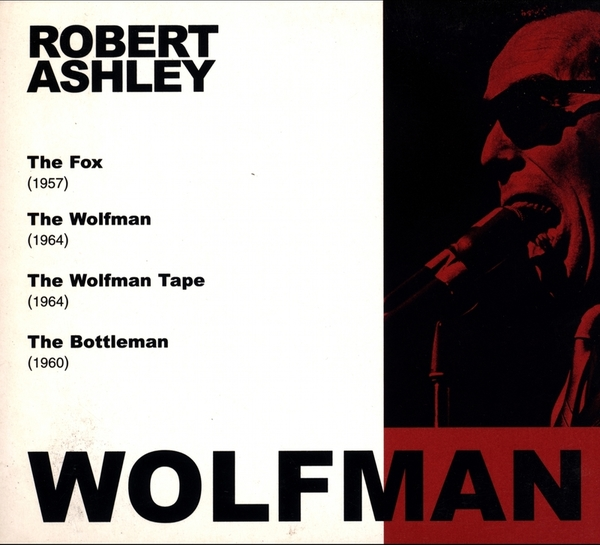


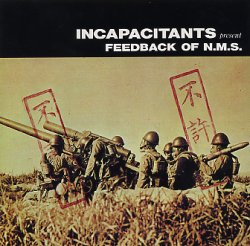
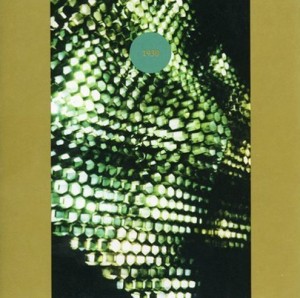
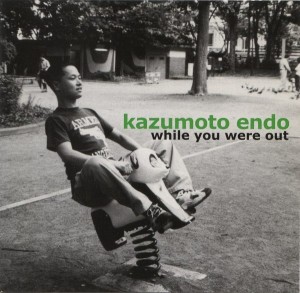
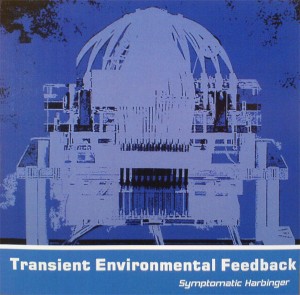
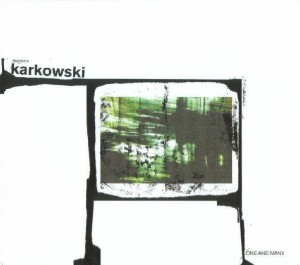

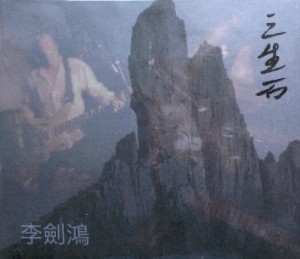
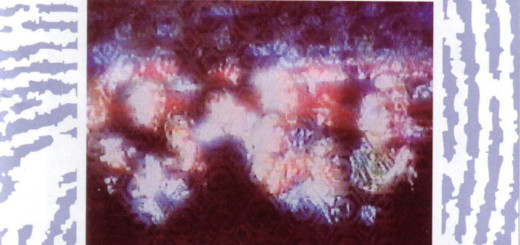


1 Response
[…] music consists of a blend between contemporary hip-hop beats tinged by noise music influence (yes, that’s a real genre) and more traditional speed-focused chopper-style flows with similarly traditional lyrical themes […]